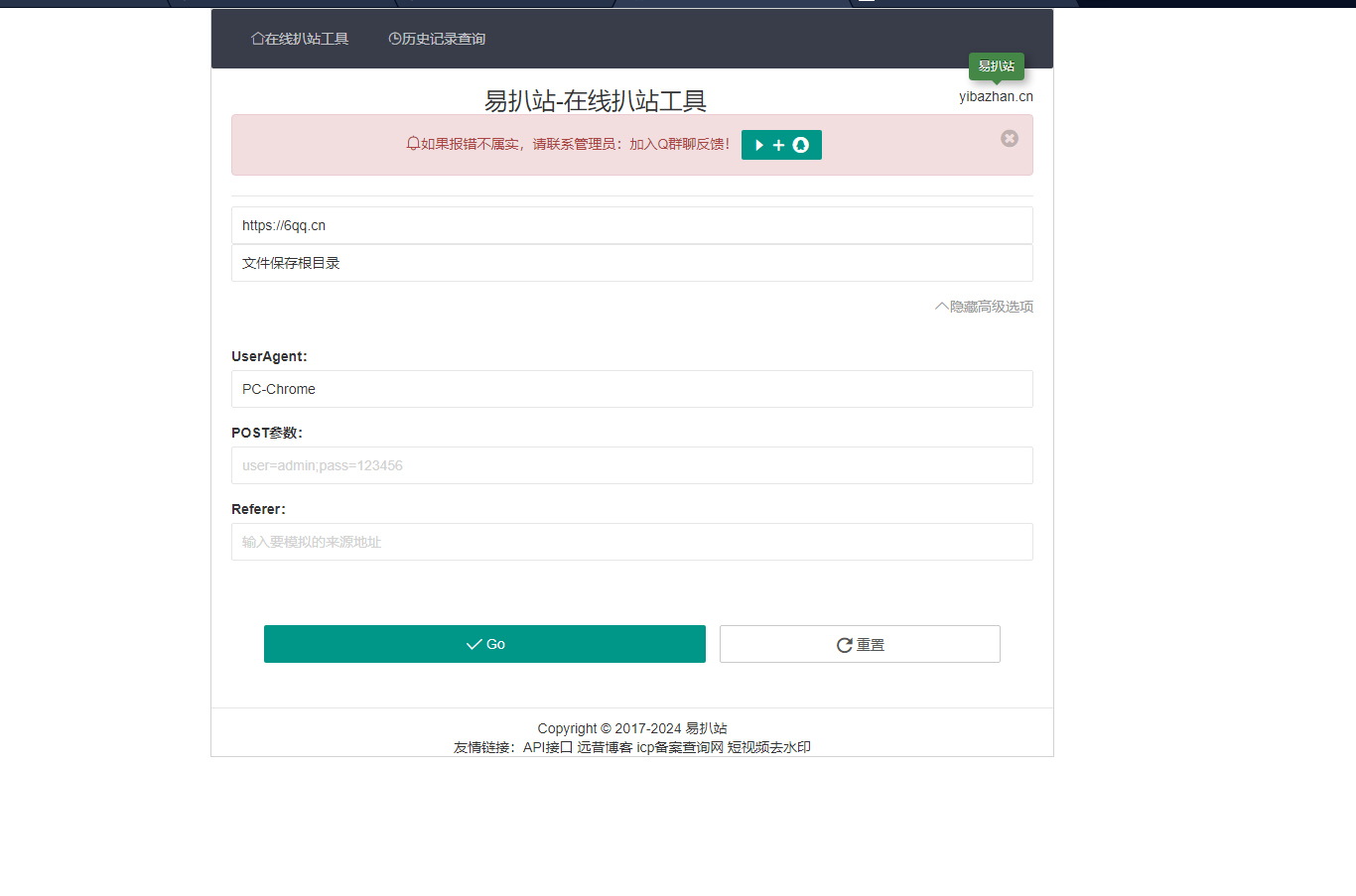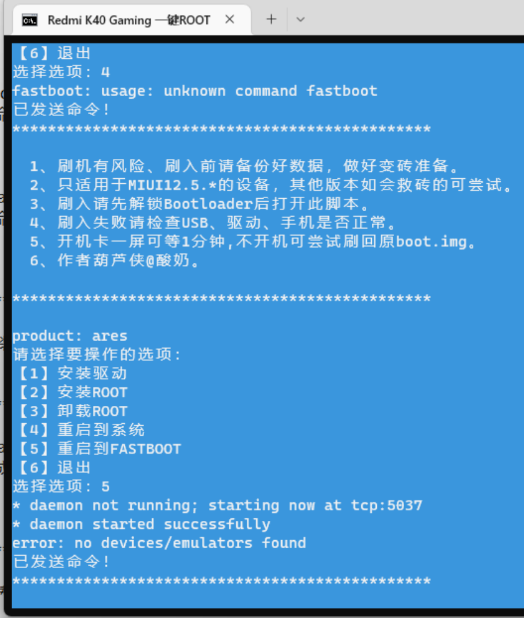sql 備忘單
本博客全面指導(dǎo)最重要的sql命令和操作。它涵蓋了基本查詢(xún)、連接、子查詢(xún)、索引和更高級(jí)的概念。
目錄
- sql 基礎(chǔ)知識(shí)
- 數(shù)據(jù)定義語(yǔ)言(ddl)
- 數(shù)據(jù)操作語(yǔ)言(dml)
- 數(shù)據(jù)查詢(xún)語(yǔ)言(dql)
- 數(shù)據(jù)控制語(yǔ)言(dcl)
- 加入
- 子查詢(xún)
- 索引
- 聚合函數(shù)
- 分組和排序
- 交易
- 高級(jí) sql
- 最佳實(shí)踐
sql 基礎(chǔ)知識(shí)
sql 查詢(xún)的結(jié)構(gòu)
select column1, column2 from table_name where condition order by column limit n;
在 sql 中注釋
- 單行評(píng)論: — 這是一條評(píng)論
- 多行評(píng)論:
/* this is a multi-line comment */
數(shù)據(jù)定義語(yǔ)言(ddl)
創(chuàng)建表
create table table_name ( column1 datatype [constraints], column2 datatype [constraints], ... );
示例:
create table employees ( id int primary key, name varchar(100), age int, hire_date date );
修改表格
添加列
alter table table_name add column_name datatype;
刪除一列
alter table table_name drop column column_name;
修改列
alter table table_name modify column column_name datatype;
重命名表
alter table old_table_name rename to new_table_name;
刪除一個(gè)表
drop table table_name;
創(chuàng)建索引
create index index_name on table_name (column_name);
刪除索引
drop index index_name;
數(shù)據(jù)操作語(yǔ)言 (dml)
將數(shù)據(jù)插入表中
insert into table_name (column1, column2, ...) values (value1, value2, ...);
示例:
insert into employees (id, name, age, hire_date) values (1, 'john doe', 30, '2022-01-01');
更新表中的數(shù)據(jù)
update table_name set column1 = value1, column2 = value2, ... where condition;
示例:
update employees set age = 31 where id = 1;
從表中刪除數(shù)據(jù)
delete from table_name where condition;
示例:
delete from employees where id = 1;
數(shù)據(jù)查詢(xún)語(yǔ)言 (dql)
從表中選擇數(shù)據(jù)
select column1, column2, ... from table_name where condition order by column limit n;
示例:
select * from employees; select name, age from employees where age > 30;
通配符
- *:選擇所有列
- %:零個(gè)或多個(gè)字符的通配符(在 like 子句中)
- _:僅代表一個(gè)字符的通配符(在 like 子句中)
示例:
select * from employees where name like 'j%';
數(shù)據(jù)控制語(yǔ)言(dcl)
授予權(quán)限
grant permission on object to user;
示例:
grant select, insert on employees to 'user1';
撤銷(xiāo)權(quán)限
revoke permission on object from user;
示例:
revoke select on employees from 'user1';
加入
內(nèi)連接
當(dāng)兩個(gè)表中存在匹配項(xiàng)時(shí)返回行。
select columns from table1 inner join table2 on table1.column = table2.column;
左連接(或左外連接)
返回左表中的所有行以及右表中的匹配行。如果不匹配,右表中的列將顯示 NULL 值。
select columns from table1 left join table2 on table1.column = table2.column;
右連接(或右外連接)
返回右表中的所有行以及左表中的匹配行。如果不匹配,左表中的列將顯示 null 值。
select columns from table1 right join table2 on table1.column = table2.column;
全外連接
當(dāng)其中一個(gè)表中有匹配項(xiàng)時(shí)返回行。
select columns from table1 full outer join table2 on table1.column = table2.column;
子查詢(xún)
select 中的子查詢(xún)
select column1, (select column2 from table2 where condition) as alias from table1;
where 中的子查詢(xún)
select column1 from table1 where column2 in (select column2 from table2 where condition);
from 中的子查詢(xún)
select alias.column1 from (select column1 from table2 where condition) as alias;
索引
創(chuàng)建索引
create index index_name on table_name (column1, column2);
刪除索引
drop index index_name;
唯一索引
確保一列(或一組列)中的所有值都是唯一的。
create unique index index_name on table_name (column_name);
聚合函數(shù)
數(shù)數(shù)
計(jì)算符合特定條件的行數(shù)。
select count(*) from table_name where condition;
和
返回列中值的總和。
select sum(column_name) from table_name;
平均電壓
返回列中值的平均值。
select avg(column_name) from table_name;
最小值和最大值
返回列中的最小值和最大值。
select min(column_name), max(column_name) from table_name;
分組和排序
分組依據(jù)
將具有相同值的行分組為匯總行。
select column1, count(*) from table_name group by column1;
擁有
應(yīng)用 group by 后過(guò)濾組。
select column1, count(*) from table_name group by column1 having count(*) > 5;
訂購(gòu)依據(jù)
按升序或降序?qū)Y(jié)果集進(jìn)行排序。
select column1, column2 from table_name order by column1 desc;
交易
開(kāi)始交易
begin transaction;
進(jìn)行交易
commit;
回滾事務(wù)
rollback;
高級(jí)sql
案例當(dāng)
查詢(xún)中的條件邏輯。
select column1, case when condition then 'result 1' when condition then 'result 2' else 'default' end as alias from table_name;
聯(lián)合和聯(lián)合全部
- union:合并兩個(gè)或多個(gè)查詢(xún)的結(jié)果集(刪除重復(fù)項(xiàng))。
- union all:合并結(jié)果集(保留重復(fù)項(xiàng))。
select column from table1 union select column from table2; select column from table1 union all select column from table2;
最佳實(shí)踐
- 盡可能使用 join 而不是子查詢(xún)以獲得更好的性能。
- 對(duì)經(jīng)常搜索的列建立索引以加快查詢(xún)速度。
- 避免 select * 并僅指定您需要的列。
- 對(duì)大型結(jié)果集使用 limit 限制返回的行數(shù)。
- 標(biāo)準(zhǔn)化您的數(shù)據(jù)以避免冗余并提高一致性。
- 使用where子句而不是在聚合之前過(guò)濾數(shù)據(jù)。
- 測(cè)試查詢(xún)性能,特別是對(duì)于大型數(shù)據(jù)集。
- 使用事務(wù)來(lái)保證數(shù)據(jù)的一致性,尤其是涉及多個(gè)dml語(yǔ)句的操作。
結(jié)論
此 sql 備忘單涵蓋了使用關(guān)系數(shù)據(jù)庫(kù)所需的所有基本 sql 命令和技術(shù)。無(wú)論您是查詢(xún)、插入、更新還是連接數(shù)據(jù),本指南都將幫助您更有效地使用 sql。
? 版權(quán)聲明
文章版權(quán)歸作者所有,未經(jīng)允許請(qǐng)勿轉(zhuǎn)載。
THE END
.jpg)
















.png)
